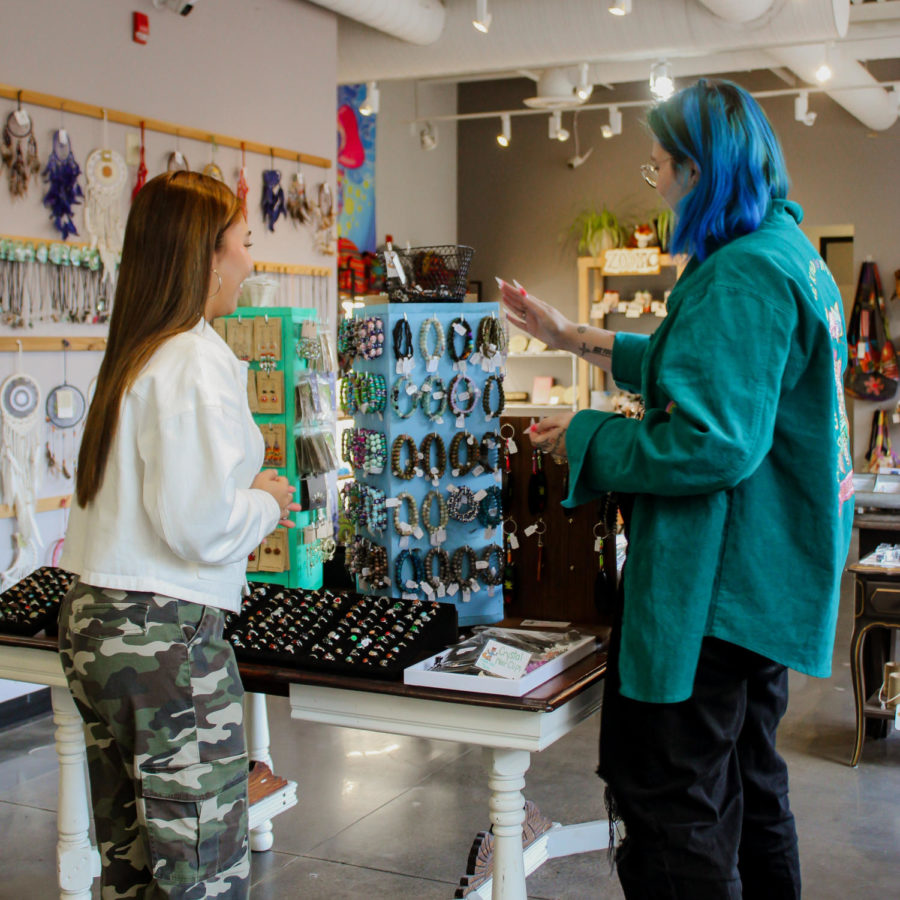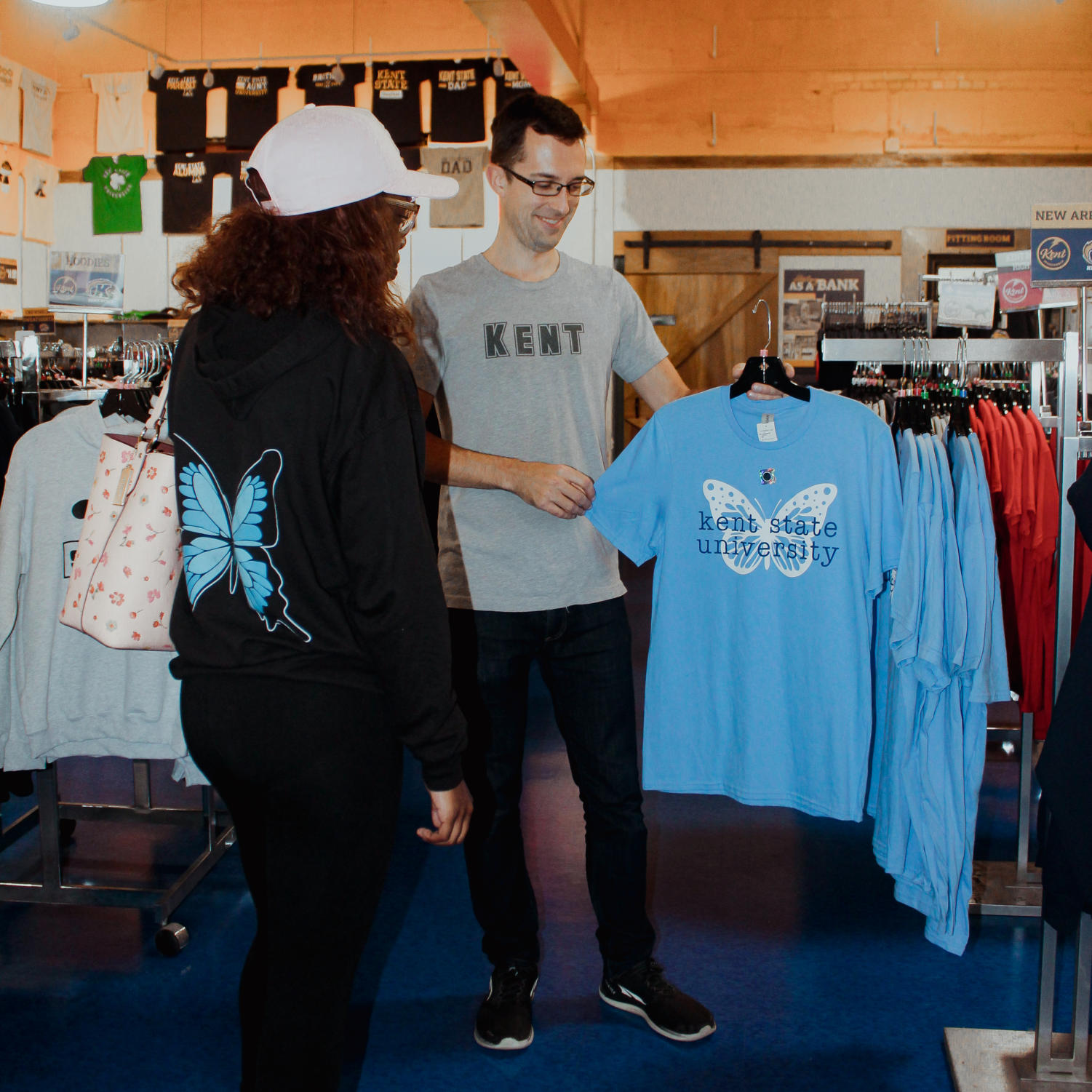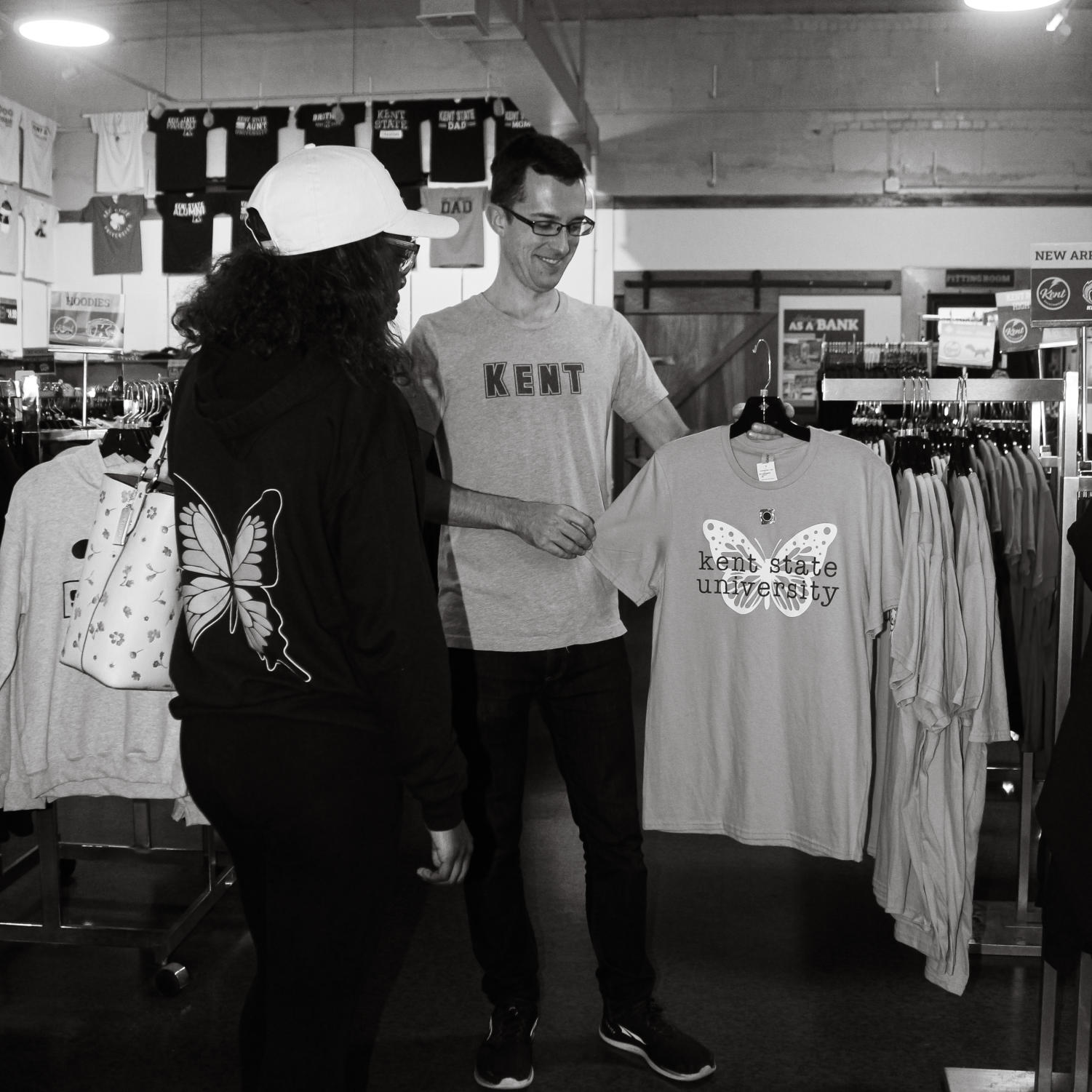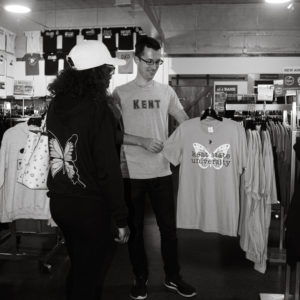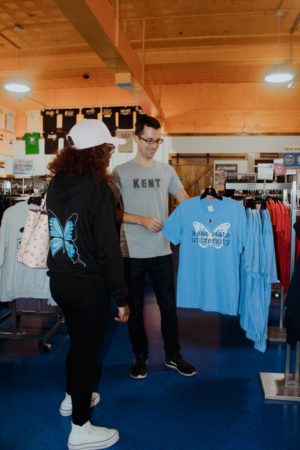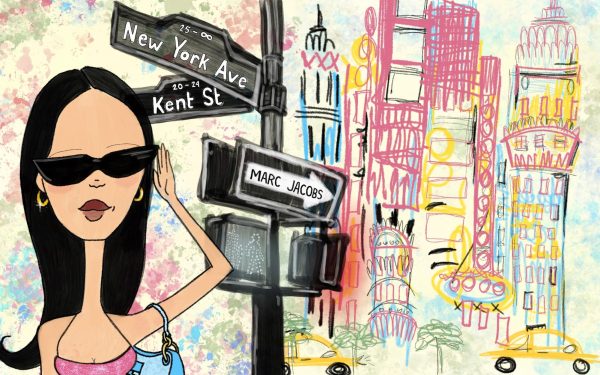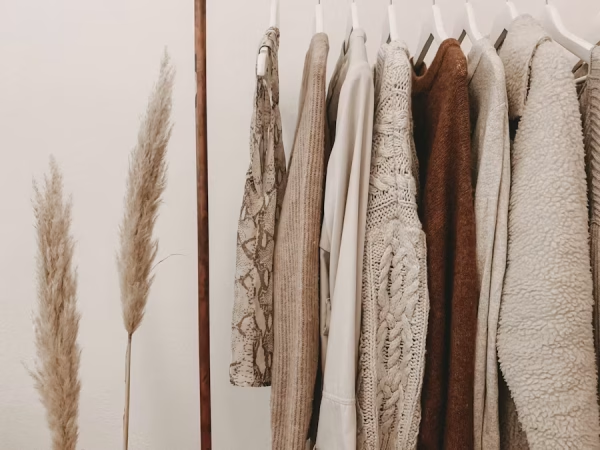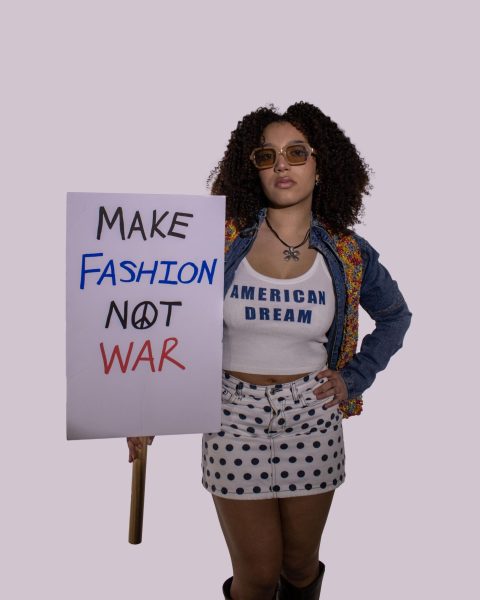how working in retail prepared me for a career in fashion
Twenty-four packages sat in the backroom waiting to be unboxed and all I could think was, “Wow, all of these have to be unpacked by 5 p.m.” The current time was 12 p.m., so that meant we needed to move quickly. It was a Tuesday, but not just any ordinary Tuesday. It was shipment day. Every Tuesday the boutique I worked at would get their weekly shipment and my co-workers and I would have to unbox all the packages, put the clothes on hangers, and make sure that we got the right amount that we ordered all while simultaneously making sure the customers were being helped.
For three consecutive summers, I worked as a stylist at a local clothing boutique in my town. It brought me invaluable experiences that I will take with me into my future career, whichever direction I go in the fashion industry. From styling, visual merchandising, back stocking and selling, I learned the ins and outs of the retail industry and I am so grateful for the knowledge I gained from the job. Working in retail is oftentimes the first step to working in the fashion industry as it provides so much experience. I know that it definitely helped me gain skills I otherwise would never have, so I wanted to see other people’s perspectives. I interviewed two other individuals who have also worked in retail to get their thoughts.
Stressful Tuesdays ultimately taught me how to work in a fast-paced environment, one that is very common within the fashion industry. Although it seems like a lot of work, Tuesdays were always my favorite day of the week when I worked in retail. I loved to see all the new styles we received and I would make a note of which styles I thought would sell the best so I could suggest those to customers first.
Once all the boxes were opened, the clothes were hung up and all the invoices were checked off, it came time for visual merchandising. Although I was just a stylist and not a manager, I sometimes was asked my opinion on where to display items in the store. I learned where to put items so they would sell better and how to organize the racks so that they looked precise and clean.
Our store was often merchandised by colored sections on the walls and standout pieces on the front table, so I quickly learned where garments should be placed. I learned that items would sell the best when they were placed in areas that displayed their best qualities. For example, jeans would sell better when they were hung on a rack than if they were folded on a table, as customers were able to see all the details and they would be more apt to try them on.
In addition, I would change the mannequins in the window and throughout the store to reflect that week’s shipment, and I always had so much fun styling them. This aspect of my job could come in very handy if I decide to go into visual merchandising for a large company, as starting off on a smaller scale is a great way to begin.
I also was responsible for many organizational tasks, such as making sure all the clothes got put back in the right places in size order. I often would spend the majority of my shift doing go-backs and making sure the store stayed clean and organized. That included making sure all display tables were folded into neat piles, picking up clothes that may have fallen off the hangers, and just making sure the store stayed tidy.
Another task I had was making sure our backstock was organized by style number and then adding items to the backstock when we had enough on the floor. I also had to pull items from the backstock when they sold on the floor and keep the racks stocked.
Emma Elliott, a sophomore fashion merchandising student, commented on what she learned from working at Plato’s Closet in terms of organizational tasks: “At Plato’s Closet I learned about the behind-the-scenes of running a franchise. … As Plato’s is a resale store, it was super important that we took clothes that were on trend and that were not too out of season. I also worked closely with the person in charge of inventory, so I back-stocked often. I learned that we needed a certain number of clothes in inventory or we didn’t have enough clothes to sell.”
These seemingly minuscule organizational tasks taught me to pay attention to detail and built a work ethic that I did not possess before. I always had to be on alert for any potential issues on the sales floor and work quickly to resolve them. Something as simple as replacing sizes on the floor could be the difference between making a sale or not, as many customers would not ask if we had any more sizes in the back. My managers would commend me for my hard work at keeping the store organized, and as an inherently messy person, I took this as a huge compliment.
My main responsibility as a stylist was helping customers pick out clothes that would not only look good on them but also allow them to be their most confident selves. I really enjoyed styling the customers because when they liked the end result, it was so amazing to see their faces light up when they stepped out of the dressing room.
I also learned how to pick clothing items to suit different body types, which increased customer satisfaction and I will take these styling skills with me as I move through my career. Through styling, I learned how to build a sale by suggesting items that would complement the outfit, such as jeans to match a top or a jacket to layer over the outfit. I did not always have these customer service skills, however. When I started the job, I would pretty much hide from the customers.
Sophia Bell, a sophomore early childhood education major, commented when asked what she learned from working at Aerie replied: “Going into the job, I was terrified of how I would interact with customers because I was introverted and shy, but I got the hang of it pretty quickly. Making connections with customers ended up being my favorite part of the job.”
Working in retail helps build communication skills, and I can definitely relate to Bell’s statement as I felt the same way when I started working. Growing up, I was very shy and struggled to talk to strangers, so this job was out of my comfort zone. I quickly got over my shyness and began helping customers, which turned out to be the highlight of my shifts.
One of my favorite memories from working in retail was helping a mom pick out clothes for her daughter’s birthday present. The mom told me that her daughter hated shopping and that she usually would just order online to avoid going into the stores. However, she needed an outfit for her birthday dinner the next day, as well as school clothes. I could tell the girl was a little apprehensive about buying new clothes, so I tried my hardest to make her comfortable and I started suggesting items that I knew the girls her age were buying.
She took a heaping pile of clothes into the dressing room and at first, she was expressing her discontent about trying them on. However, as she began to try the clothes on, she emerged from the dressing room with the widest grin on her face, and she was shining with confidence. I had put together an outfit for her consisting of a black satin off-the-shoulder top and a pair of ripped boyfriend jeans. She instantly thanked me and told me she had never felt this way about an outfit before.
Moments like these are ones that I will never forget, as helping people be their most confident selves is so rewarding.
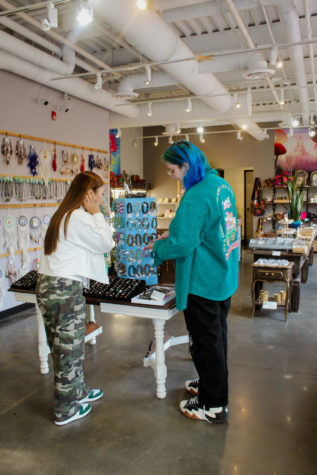
Conversely, I learned how to deal with customers who showed discontent, which taught me communication skills that I never had before. Every once in a while, there would be situations where a customer was unhappy for one reason or another, and I learned how to deal with these conflicts with grace and ease. I had customers yell at me and my co-workers on several different occasions, and we found the best way to resolve these situations was to remain calm and not stoop to their level.
Most of the time we were able to navigate through these situations by staying very calm and trying to relate to the customer’s grievances as much as possible. In tough situations like these, it is important to stay level-headed, or else it will further escalate the problem. In the end, the customer is always right, so a moment of hostility is never worth it. Patience is not only important when working in customer service, but it is an integral life skill. From Bell’s perspective, she learned the importance of patience, which she said she will carry throughout her teaching career in order to be the best teacher she can be.
“After my time at Kent State, I hope to be a kindergarten teacher,” Bell said. “I have always wanted to be a teacher since I was little. My parents always told me I would have to have a lot of patience when it comes to teaching, especially with 5-year-olds. Patience is definitely something I mastered while working at Aerie. Retail has allowed me to work on remaining calm while helping customers have the best shopping experience and attending to their needs. Sometimes it was frustrating, but I learned how to manage those stressful situations in ways that will help me in my future teaching career.”
One last skill that I improved on by working in retail was working in a team environment. Every day my manager would communicate what sales goals we would have to meet, and together my co-workers and I would have to try to meet or exceed the goal. We would try to get the largest sales possible by contributing suggestions to the customers in a joint fashion. On slow days, we would try extra hard to get sales in order to meet the day’s sales goals. We would work together to merchandise the store as well, and that collaborative effort would not only get it done faster, but we would all feel so accomplished at the end of the day.
Elliott also commented on how she gained communication skills through working with her co-workers: “While at Plato’s Closet, I was surrounded by many people who want to work in the fashion industry. I think while working there I learned how to communicate effectively with them,” Elliott said. “By communicating with like-minded people, I learned so much about working in a team-based environment. My co-workers and I worked together to reach sales goals and through this, I learned valuable communication skills. I now know how to communicate in effective ways so that goals can be reached. I feel prepared to work with others in the fashion industry, as my communication skills were greatly improved by working in retail.”
Working in retail has built a foundation for me and I now possess many skills that will help me in the future. That job was the first step of my journey into the world of fashion, and I look back on those three years and think about how valuable of an experience that was. As a fashion student, I apply the skills I learned in retail to my everyday life. I have a broader understanding of the retail industry, and that helps me in my classes and will be very useful once I land a job in the industry. Working in retail is not just valuable to fashion majors, as it teaches so many life lessons to people interested in many different careers, as in Bell’s scenario. I am glad that 16-year-old me decided to apply for that job because I now feel better equipped to enter the fashion industry.
Support Student Media
Hi! I’m Catie Pusateri, A Magazine’s editor-in-chief. My staff and I are committed to bringing you the most important and entertaining news from the realms of fashion, beauty and culture. We are full-time students and hard-working journalists. While we get support from the student media fee and earned revenue such as advertising, both of those continue to decline. Your generous gift of any amount will help enhance our student experience as we grow into working professionals. Please go here to donate to A Magazine.

